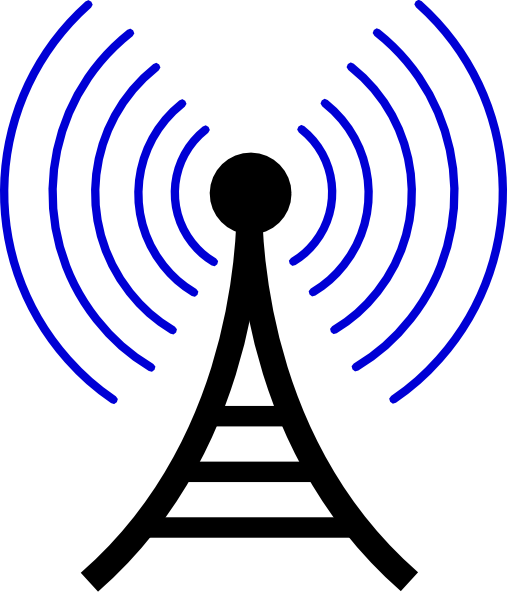White space data for operating unlicensed devices now available
A new series of “white-space” databases to guide unlicensed radio users to open television frequencies is now operating nationwide, the FCC said last week.
The FCC authorization, announced by the commission’s Office of Engineering and Technology (OET), gives the go ahead for a new generation of unlicensed radio devices to be introduced to the public.
“This action will allow the nationwide roll-out of TV white space devices that use new methods for efficiently using unused spectrum (white space) in bands allocated for licensed services,” the OET said. “The propagation characteristics of the TV bands spectrum will allow operation of unlicensed radio devices that provide extended coverage and improved performance for wireless ‘hot-spots’ and campus networks and also increase the amount of spectrum available for unlicensed wireless technologies."
“It is expected that the opportunities afforded by allowing unlicensed devices in these bands will fuel innovation and investment in new unlicensed wireless technologies, much as Wi-Fi and Bluetooth have changed the landscape of communications today,” the OET said in its announcement.
This action follows a related action by the OET and the Wireless Telecommunications Bureau (WTB) which on December 6, 2012, launched, on a nationwide basis, the commission’s online registration system for large entertainment, sports and similar venues where a significant number of unlicensed wireless microphones are used (unlicensed wireless microphone registration system).

That registration system allows qualifying major event and production venues to register with the database systems so that their operations of unlicensed wireless microphones and other low power auxiliary station devices will be protected from potential interference caused by TV white space devices.
Previously, the OET had authorized database systems to only provide service to TV white space devices in the East Coast region, specifically in the states of New York, New Jersey, Pennsylvania, Delaware, Maryland, Virginia and North Carolina and in the District of Columbia (Washington, DC).
The professional video industry's #1 source for news, trends and product and tech information. Sign up below.
The FCC permits unlicensed radio devices to transmit on white space in the spectrum bands used by the broadcast television service, i.e., 54-72MHz, 76-88MHz, 174-216MHz, 470-608MHz and 614-698MHz.
In order to protect TV broadcast and other licensed services operating in these bands, the rules require TV white space devices to obtain a list of channels that are available for their operation at their individual locations from a database system authorized by the commission and to operate only on those channels.
The database systems were designed to protect authorized services by preventing TV white space devices from operating on channels on which they could cause interference to the authorized services and unlicensed wireless microphones used by eligible venues.
FCC rules require that TV white space database systems protect broadcast television stations (including full power, TV translator, low power TV and Class A stations); fixed broadcast auxiliary service (BAS) links (regular licensed and temporary); receive sites (and received channels) of TV translator, low power and Class A TV stations and multichannel video programming distributors (MVPDs); public safety and private land mobile operations; offshore radio telephone service operations; radio astronomy service operations at specific sites; and low power auxiliary service operations (licensed and certain approved unlicensed wireless microphone venue sites).
Except for MVPD receive sites, sites where licensed wireless microphones are used and approved unlicensed wireless microphone venues, the necessary protection data are either extracted by the database systems from the commission’s databases or are specified in the rules.
These venues obtain protection by registering with one of the database administrators (these registrations are also exchanged among the several database systems). For venues where unlicensed wireless microphones are used, operators must first request approval from the commission to register with one of the database administrators, and must file their requests for registration at least 30 days prior to operation.
At the beginning of the implementation of the TV white space rules, the database systems that were approved for operation were restricted to providing service in specific local areas because the commission’s system for accepting and approving requests to register venues where unlicensed wireless microphones are used was under development and not operational.
There are currently 10 authorized TV bands white space database administrators, two of which are currently approved by OET to provide service to TV white space devices. The two approved administrators are Telcordia of Piscataway, N.J., and Spectrum Bridge of Lake Mary, Fla.
Both companies have been operating the databases and wireless microphone registration systems along the East Coast and were the first to meet the FCC’s criteria for operating the databases.
